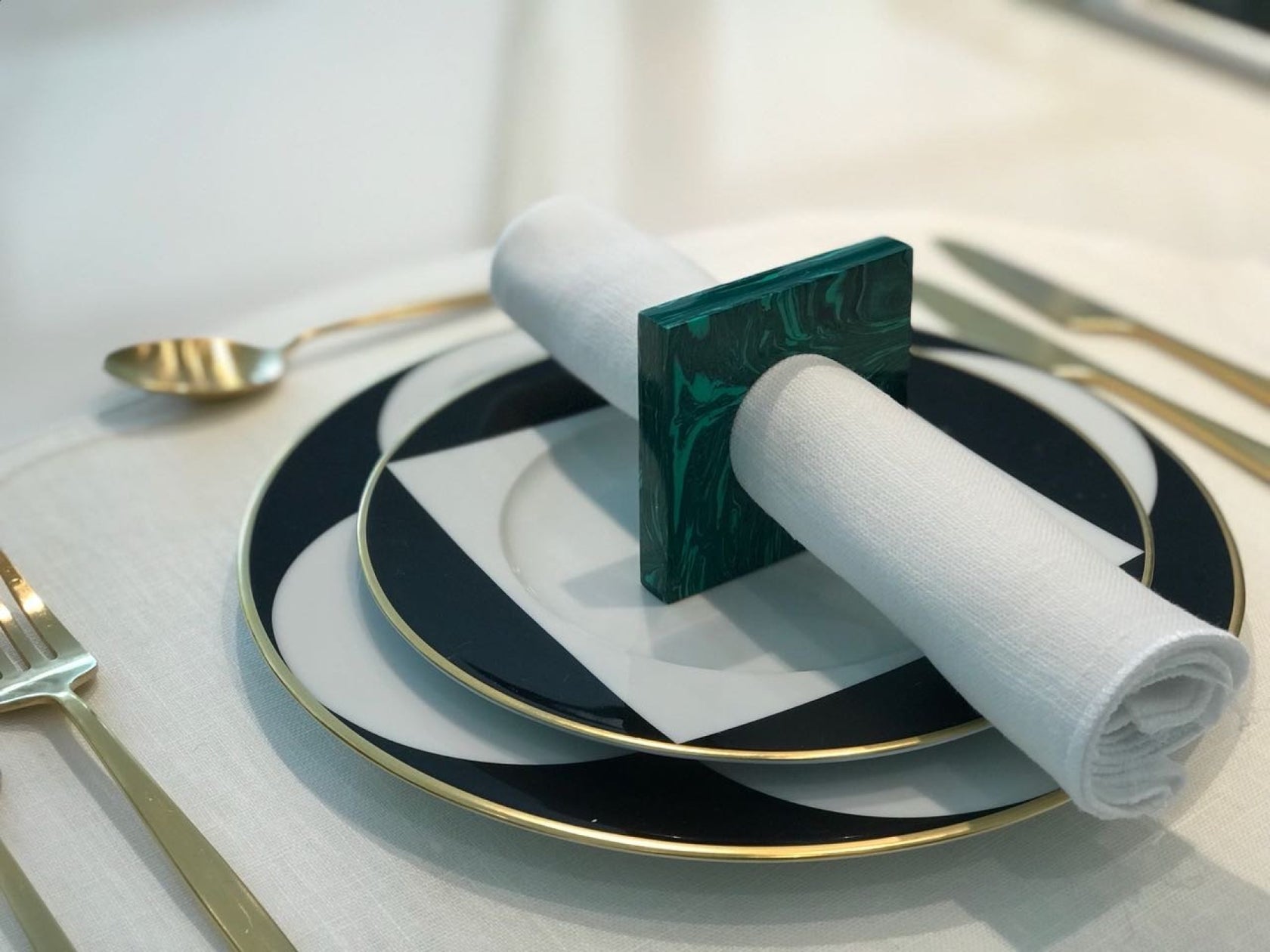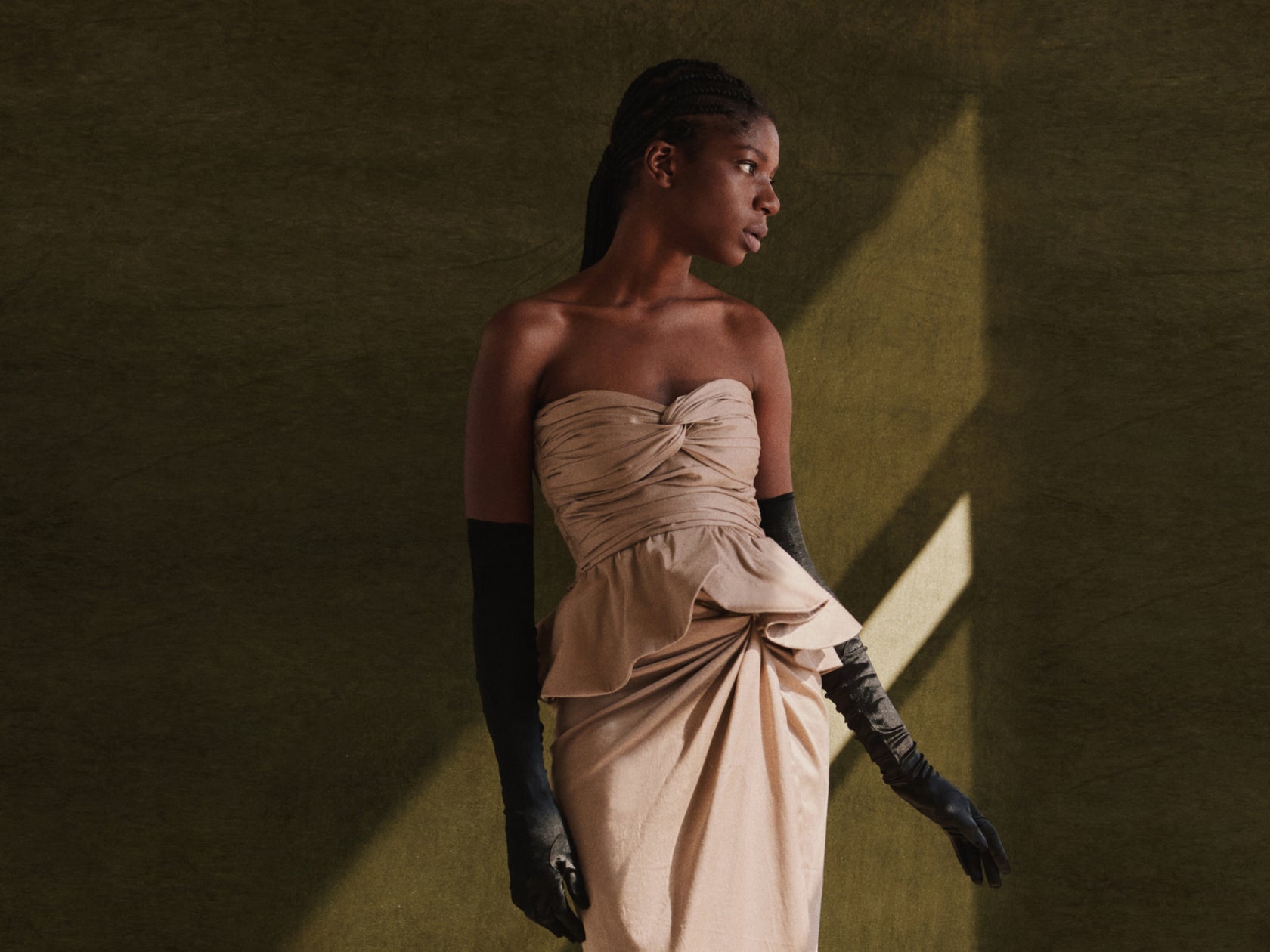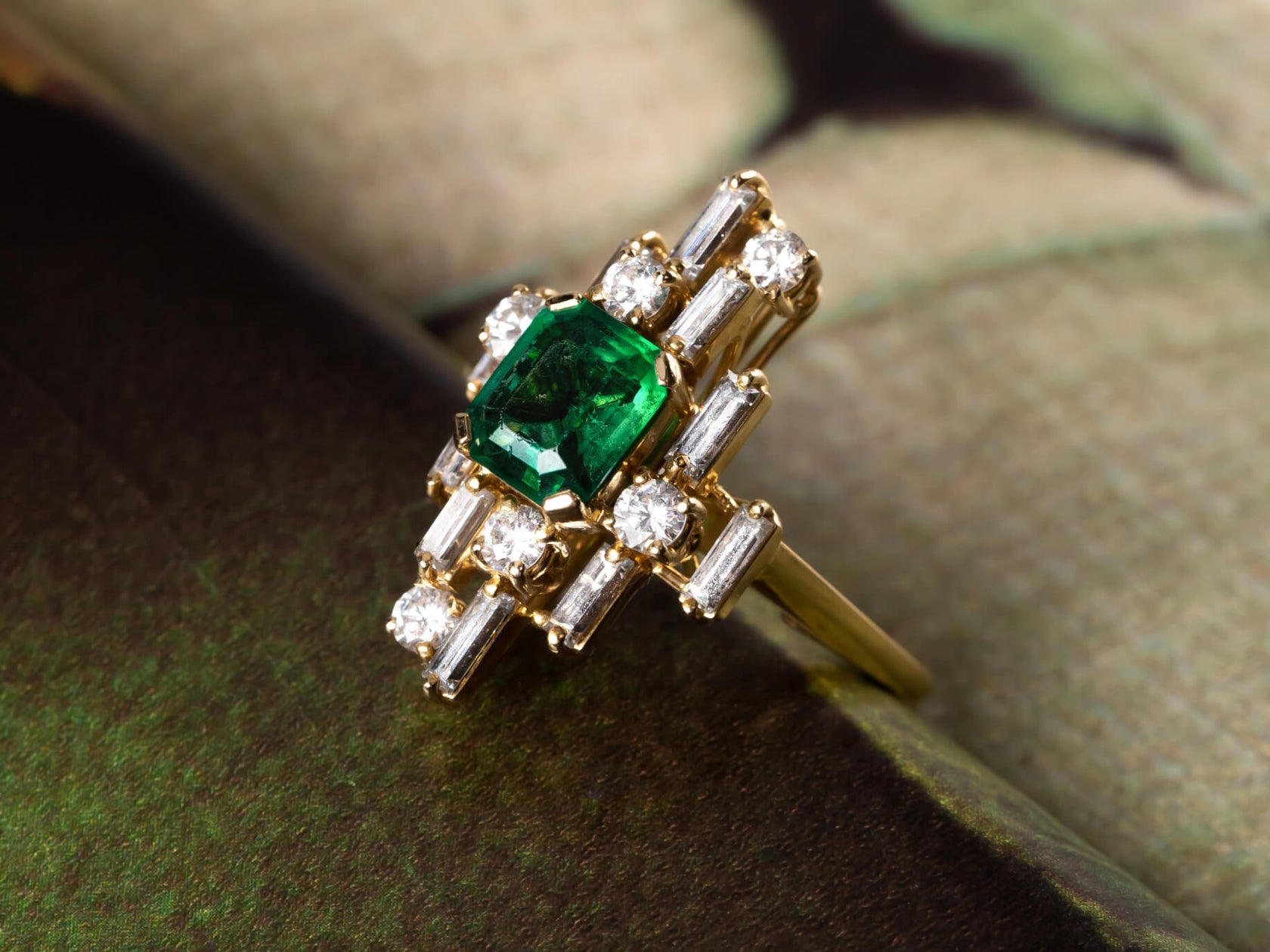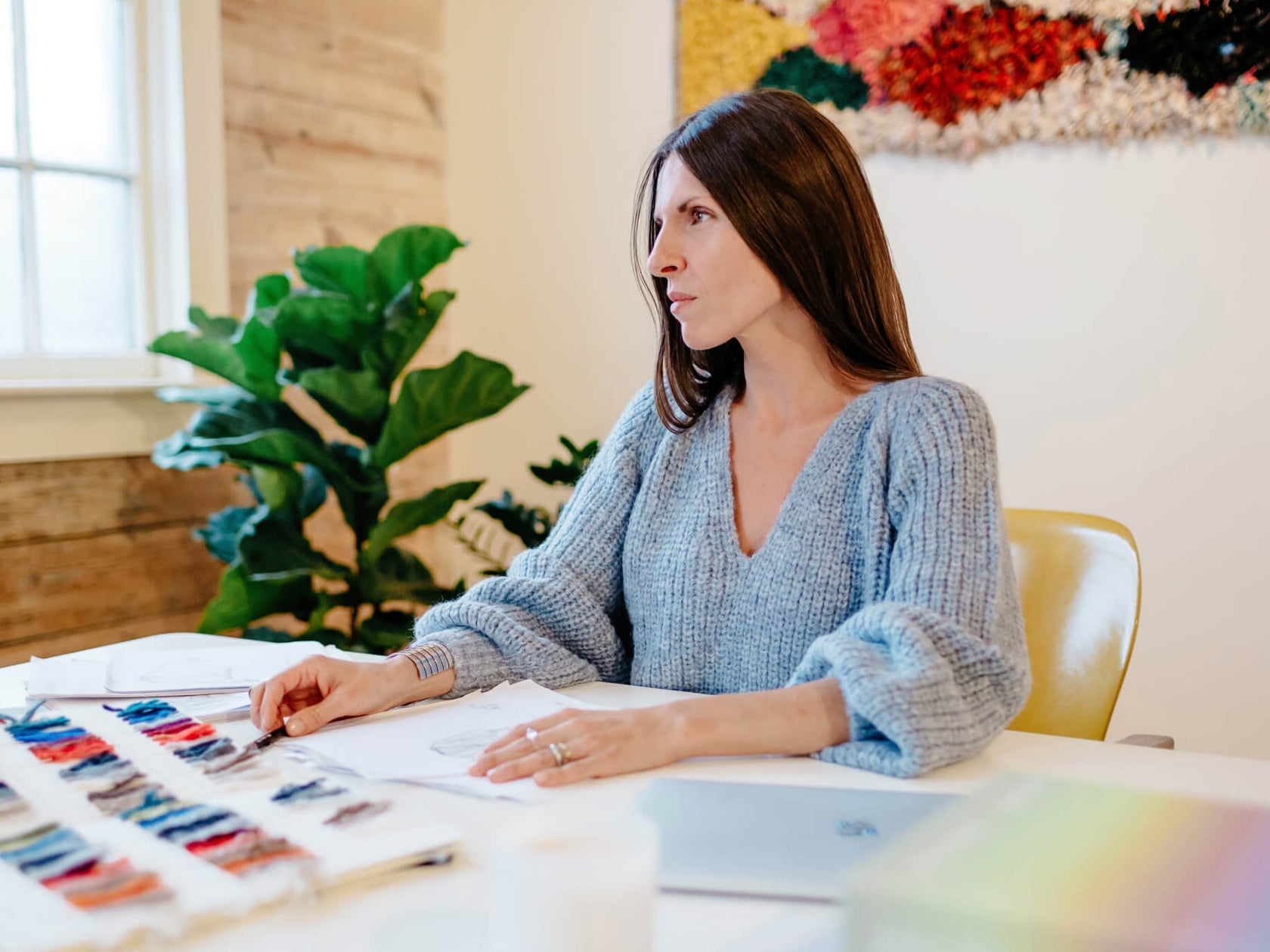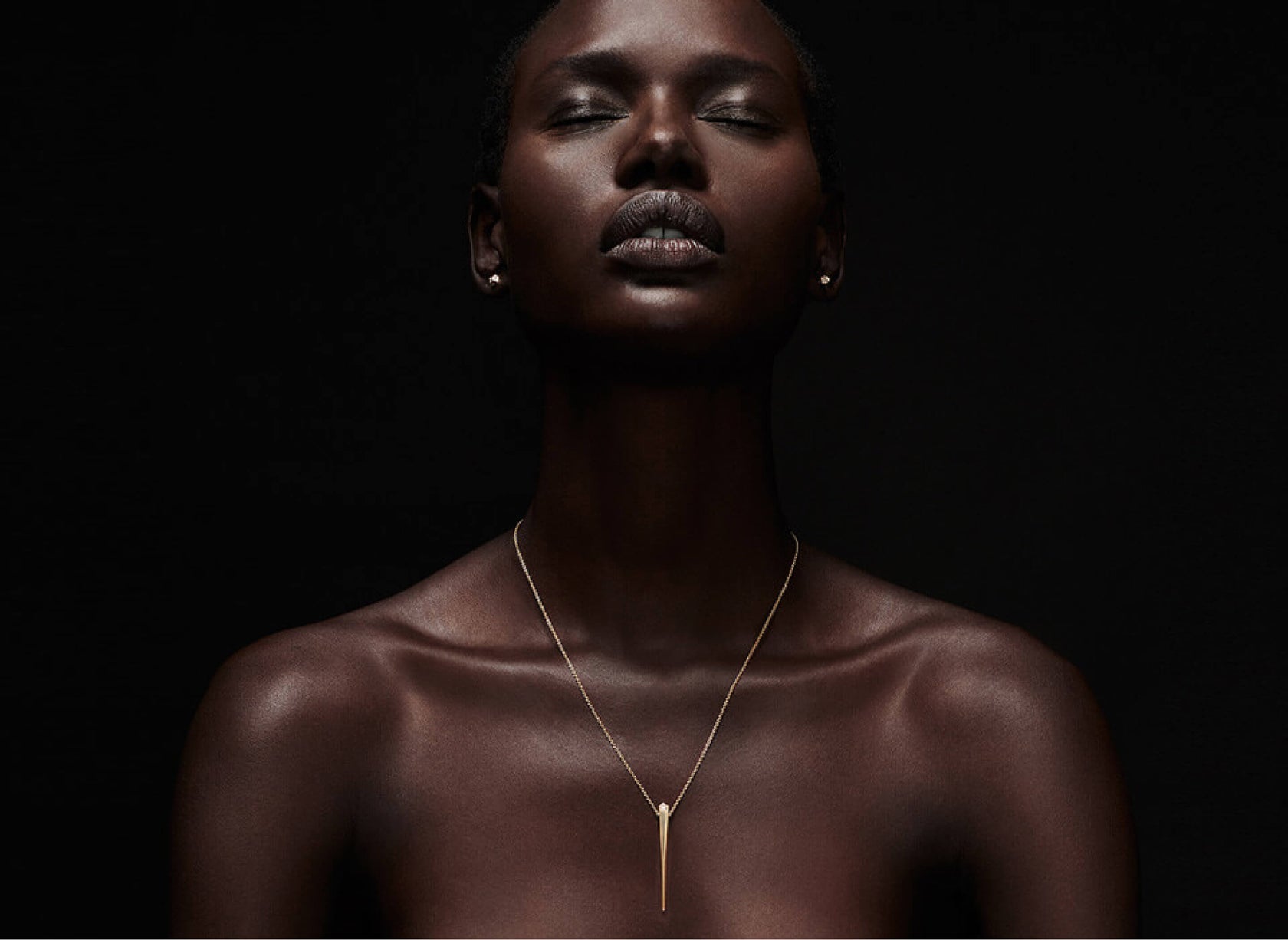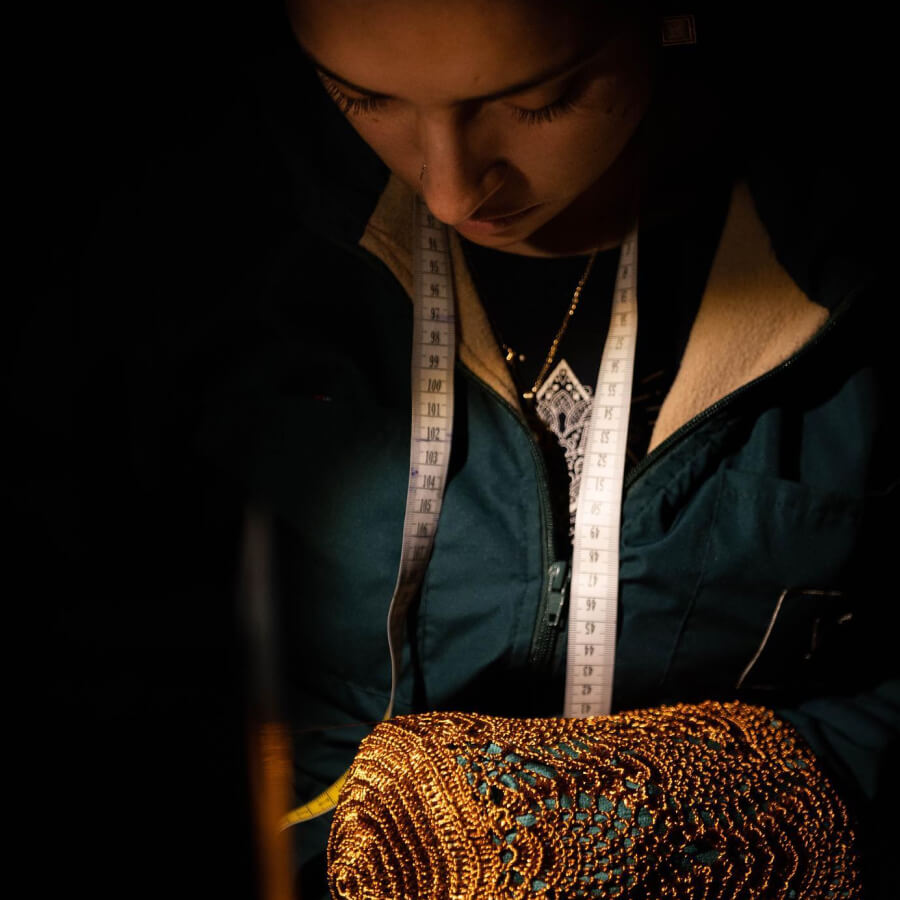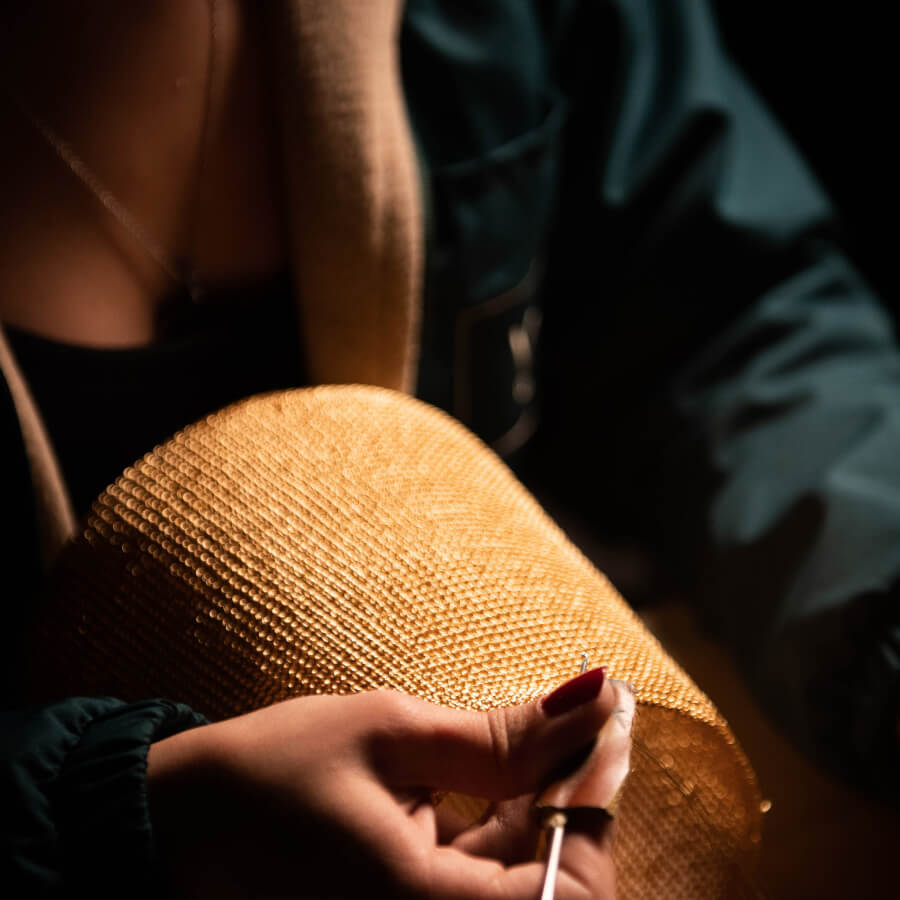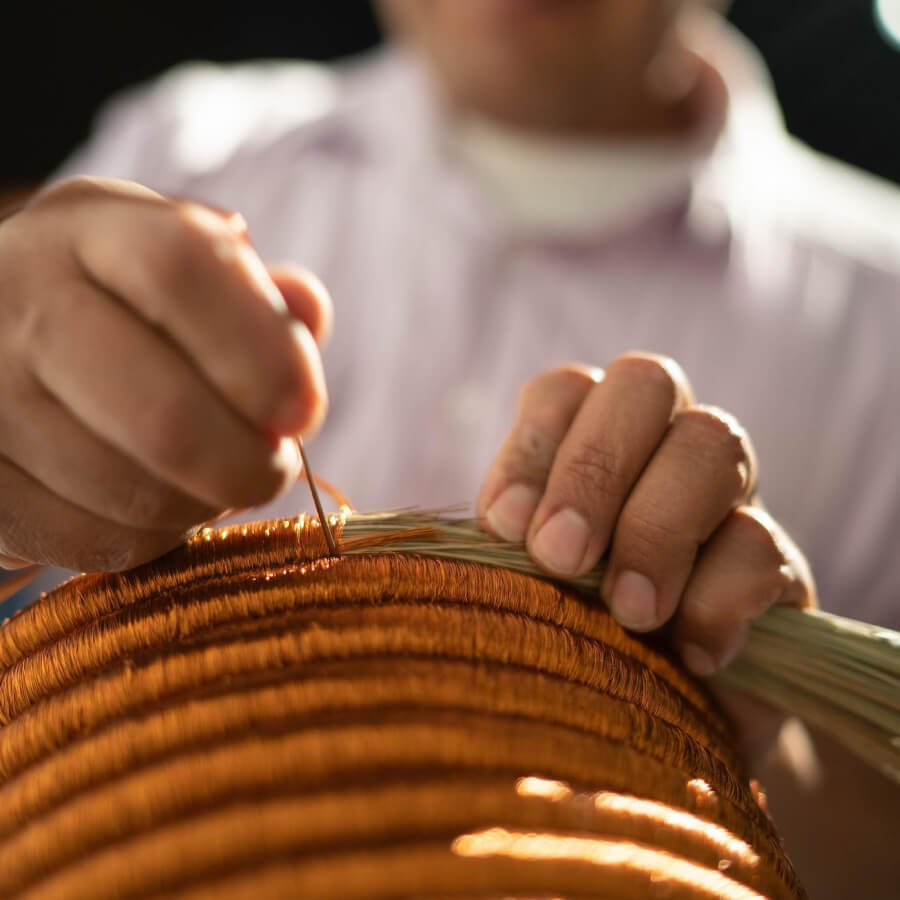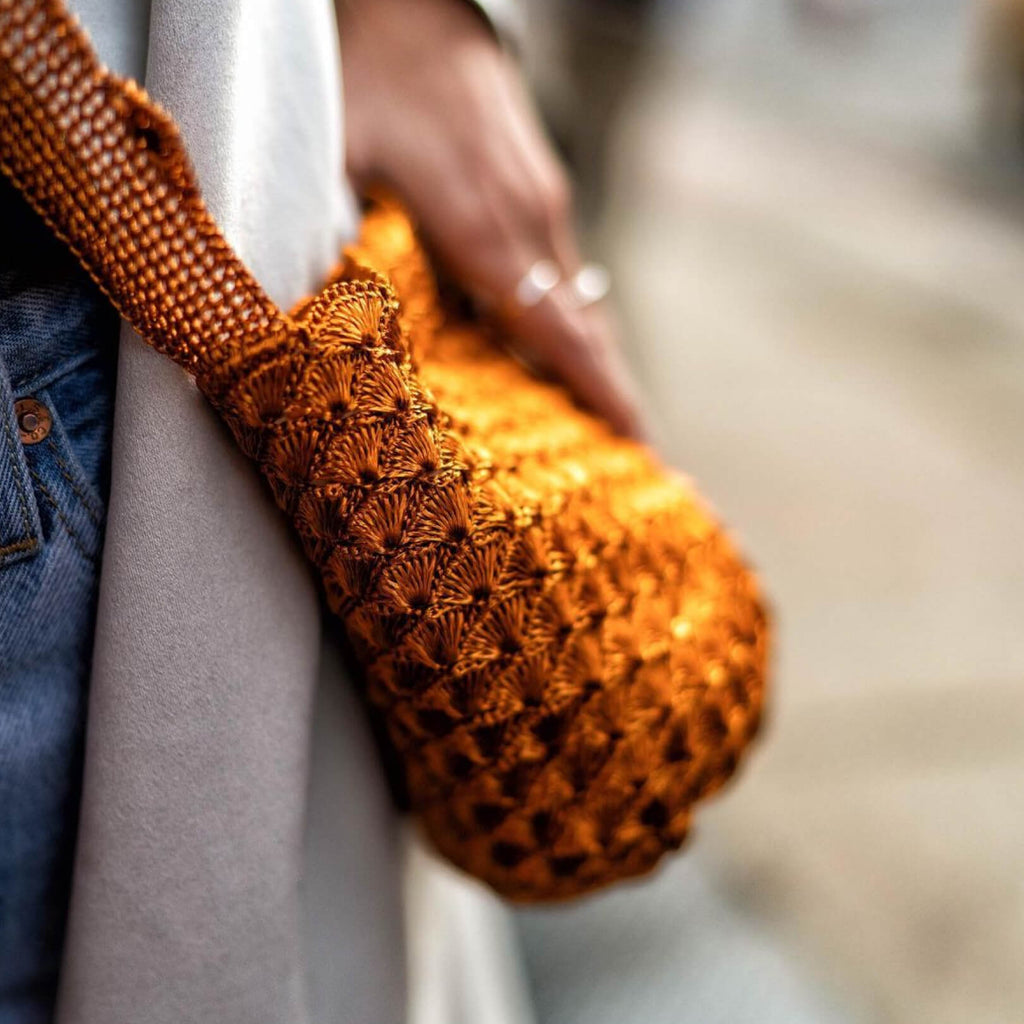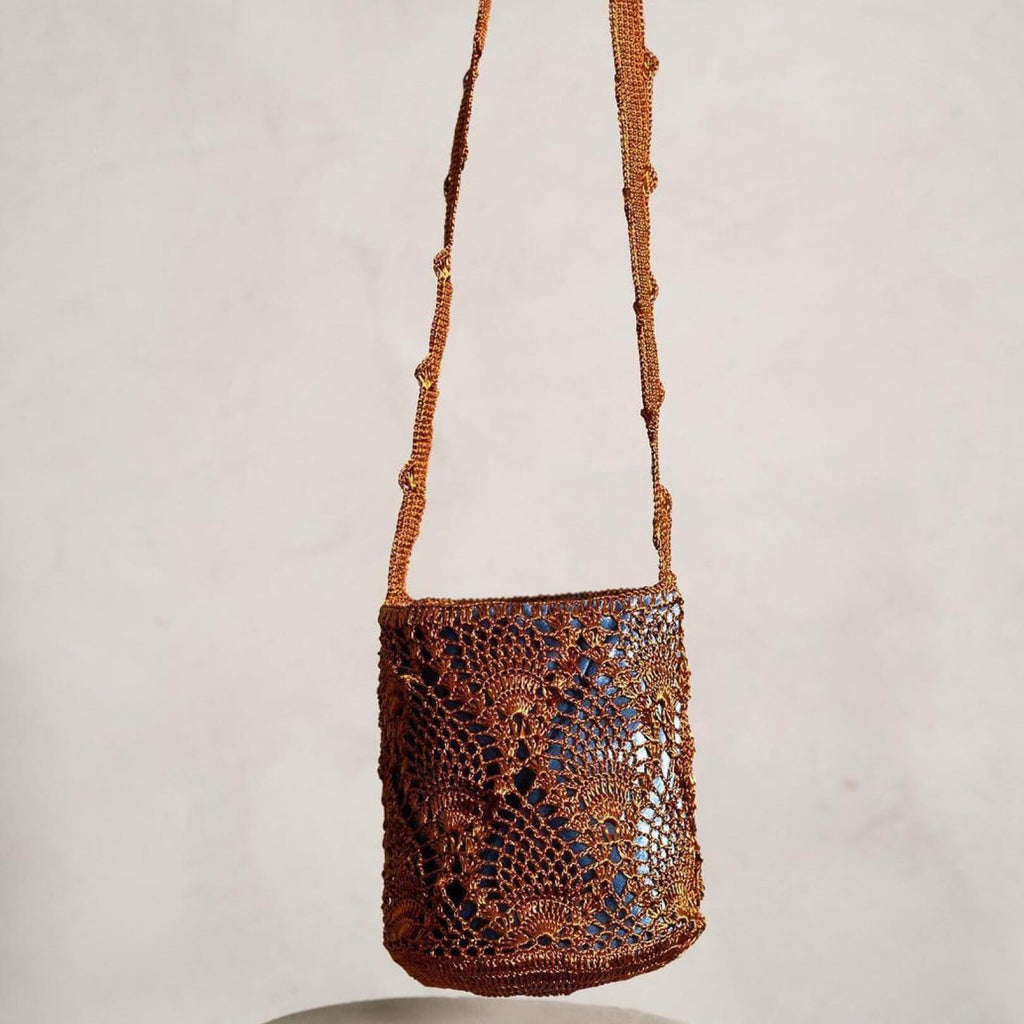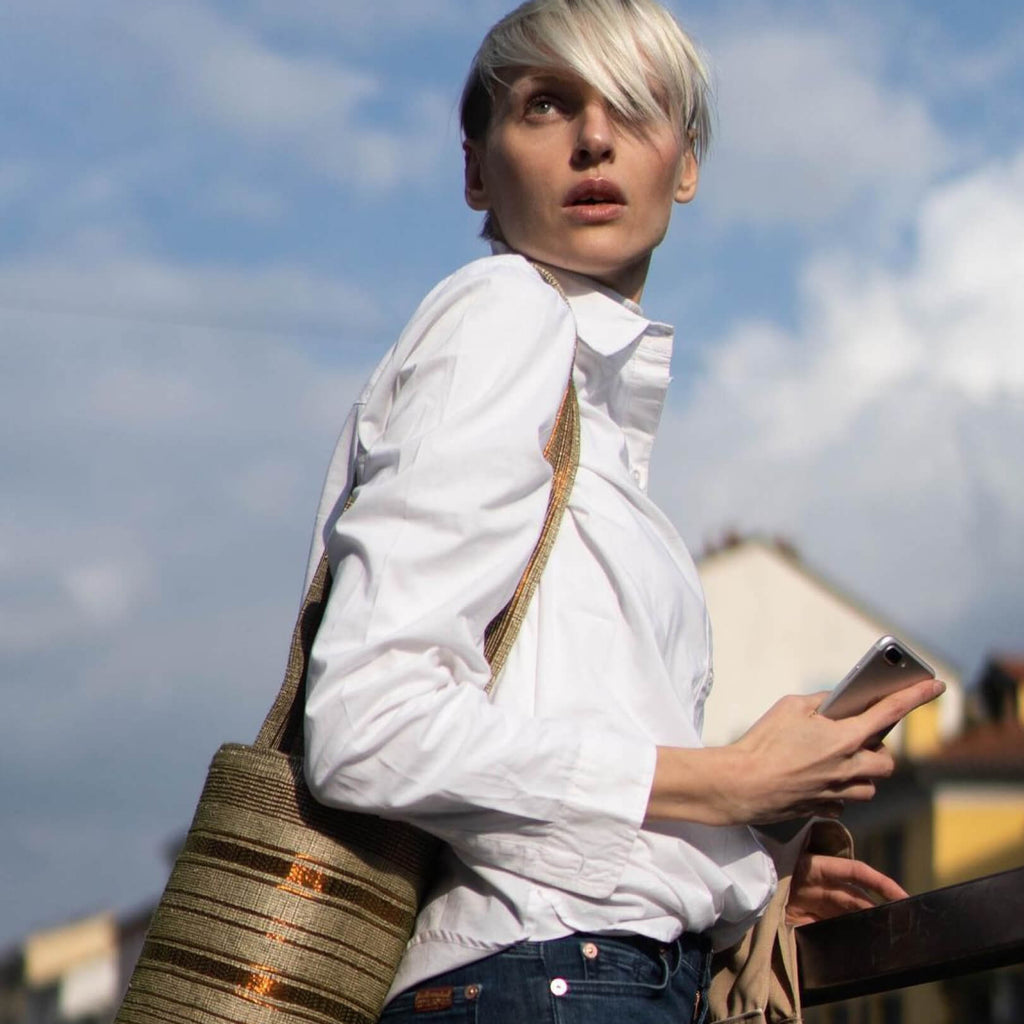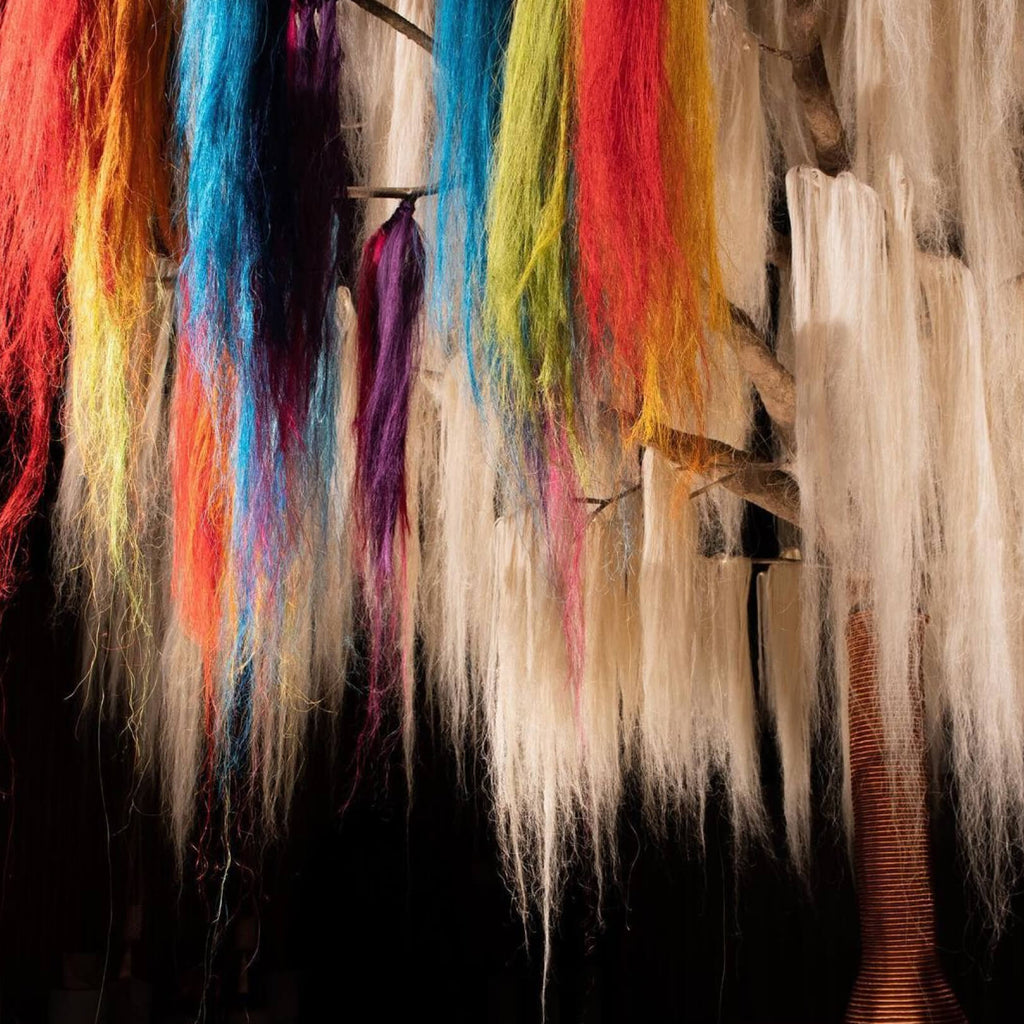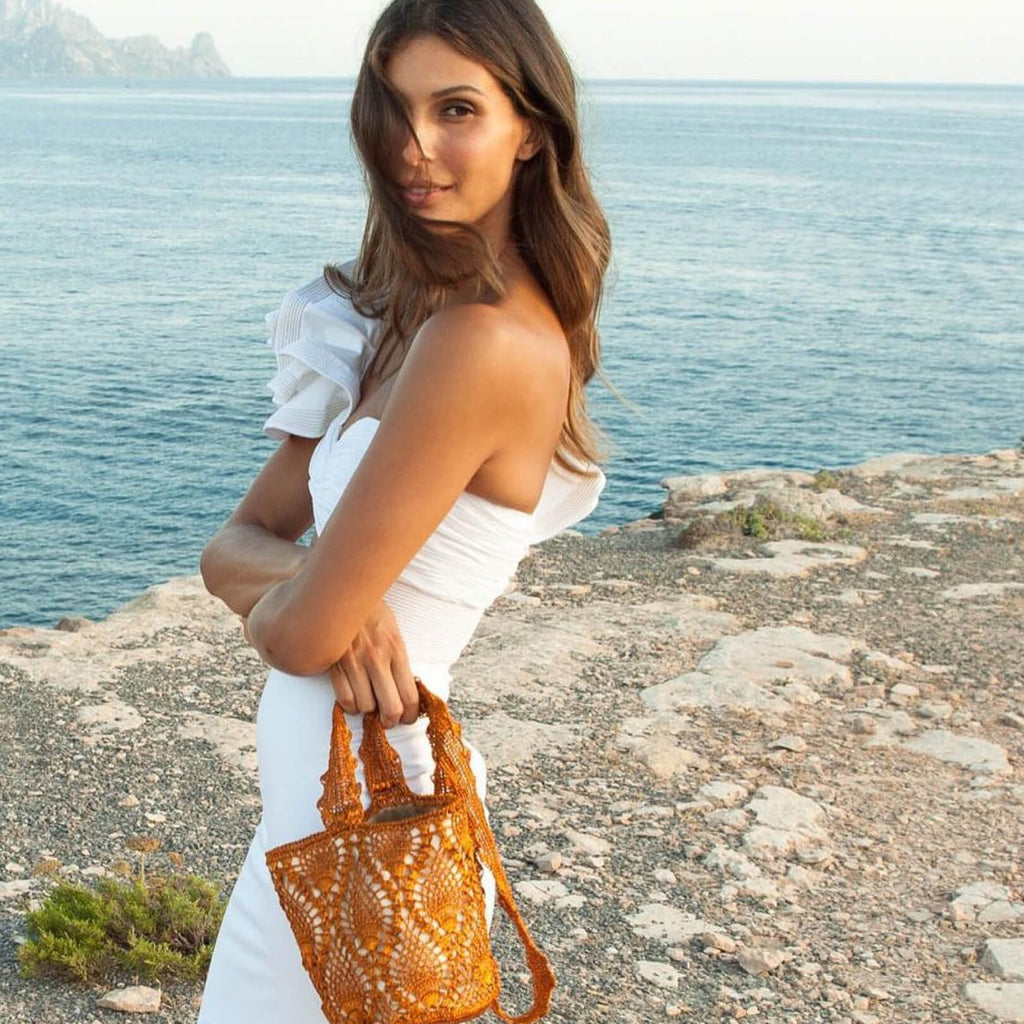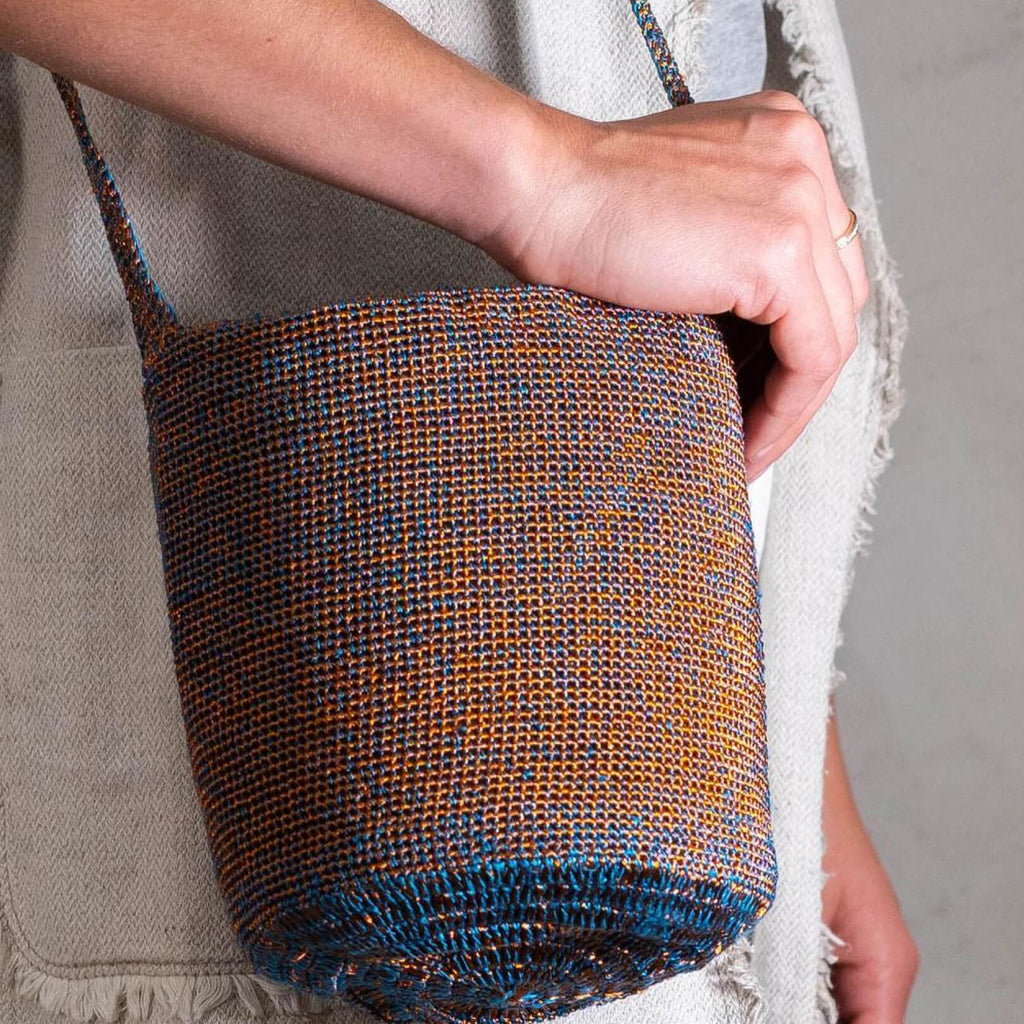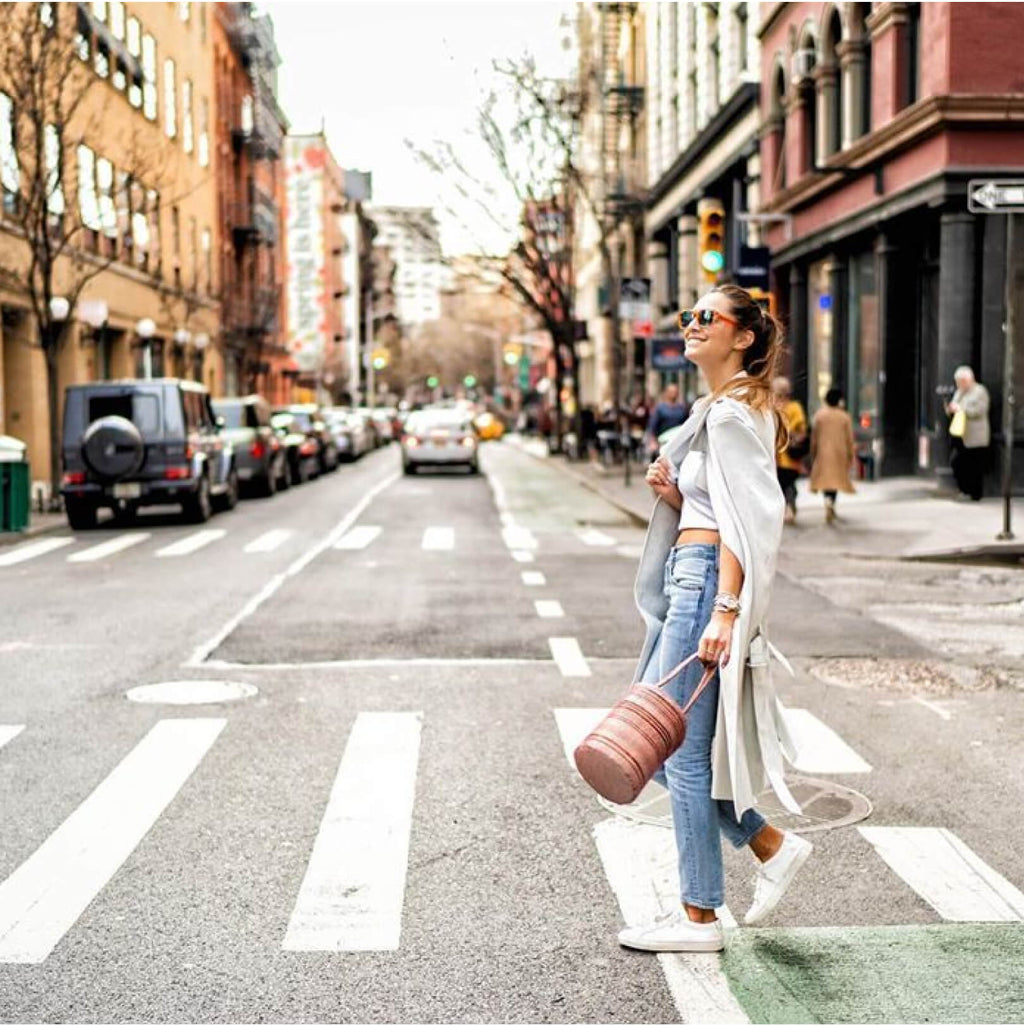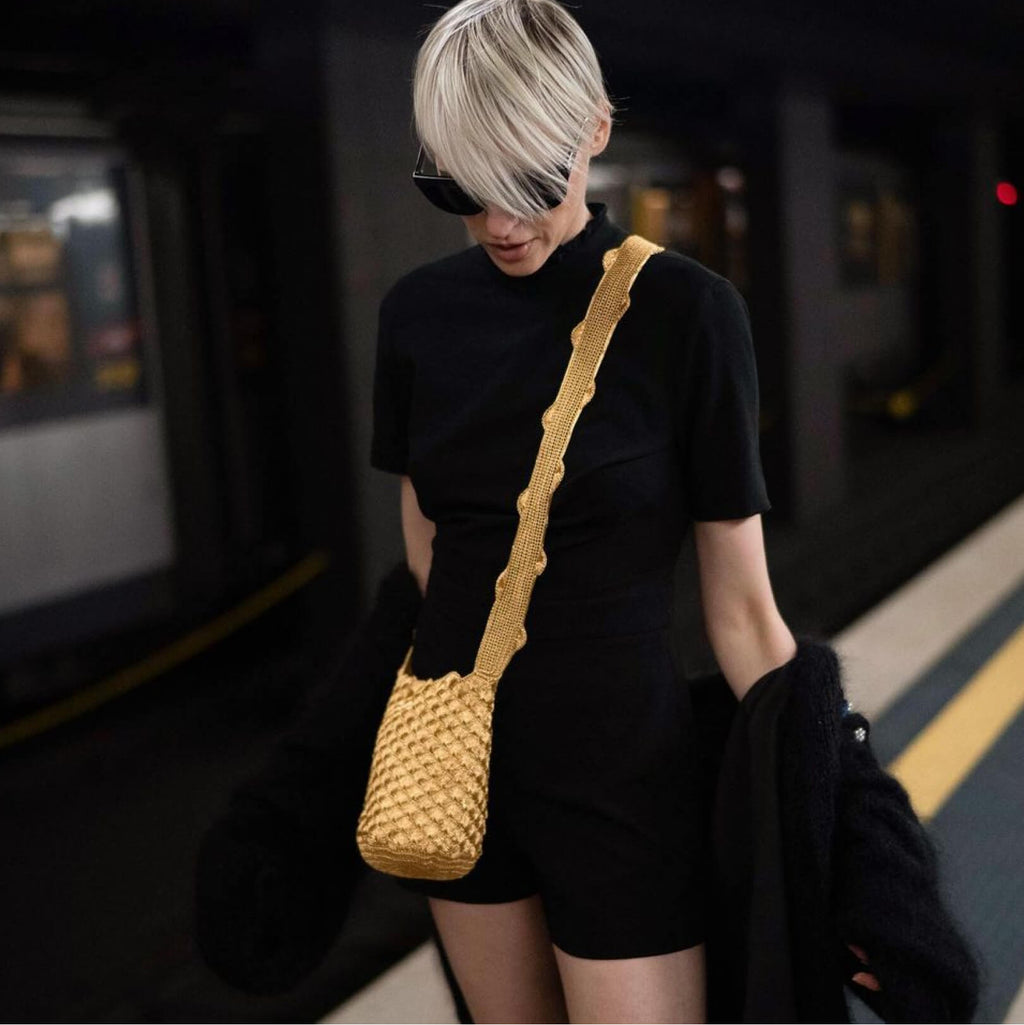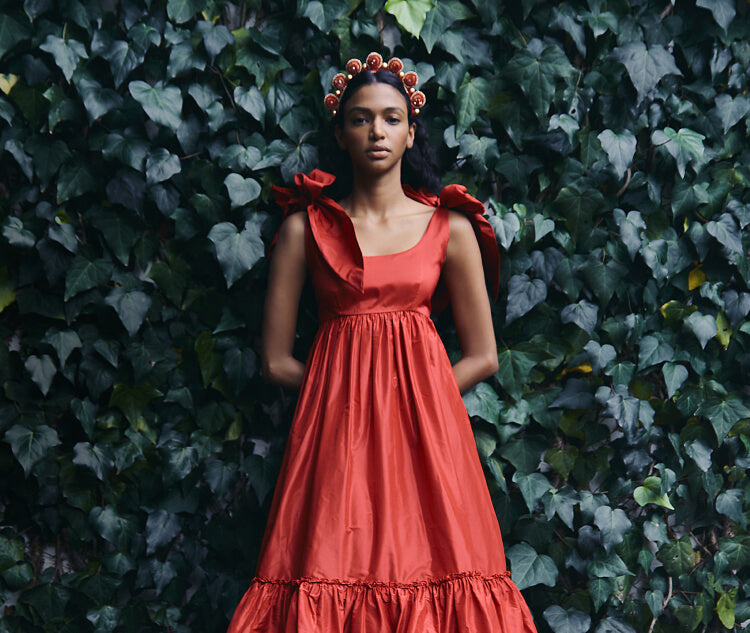Introduction
VERDI began in the mountains of Curiti, Santander, Colombia. It was founded in 1995 by Carlos Vera Dieppa, a master in textile design who created beautifully handcrafted rugs by intertwining natural fibers with his signature copper threads. After Carlos’s passing in 2010, his children Tomas and Cristina recovered his technique and continued to build the brand in his honor, expanding the collection to include handbags, cushions, curtains, and tableware. They renamed the company VERDI in honor of their father’s last name: VERa DIeppa. Today, VERDI continues to focus on the fusion of traditional Colombian craftsmanship with modern style to create pieces that define artisanal luxury. In each of their products there is a result that goes beyond craftsmanship and technique: there is the essence of the weaver, the history of the dyer and the heart of the farmer.
VERDI handbags are inspired by Colombia’s natural beauty, cultural diversity, and traditional craftsmanship. Each Mochila is handwoven by female artisans in VERDI’s Bogota workshop and takes up to 10 days to complete. Bucket Bags are crafted by both male and female artisans in the same workshop using a traditional loom, which takes up to five days to complete. Nearly 20 artisans work at VERDI’s workshop, all of whom were taught their skills by prior generations.
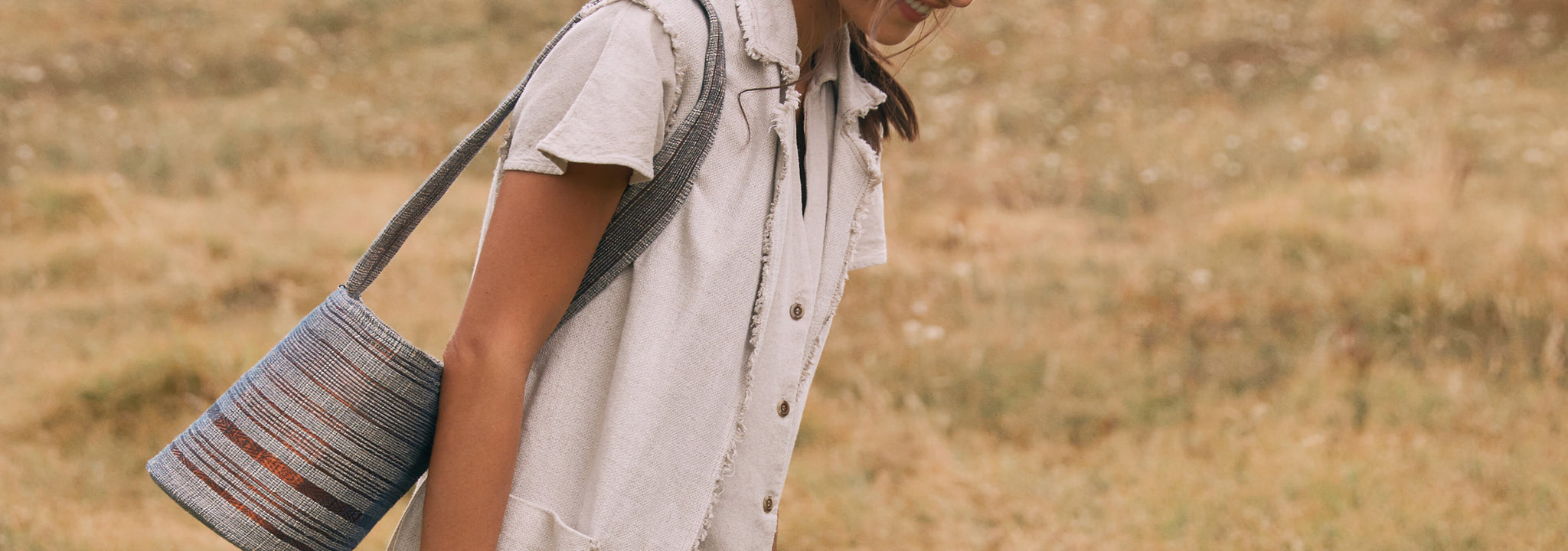
Sustainability
VERDI uses materials that are ethically-sourced and cruelty-free. Their signature metal threads are present in every design and are intertwined with natural fibers such as fique, organic silk and cotton. Fique is the primary fiber used and is sourced from families in Curiti in northeastern Colombia. There, VERDI supports more than 25 families of farmers who grow, cut, comb, dry, dye and process the fiber. They only extract from the exterior leaves of the fique plant, so it can continue to live and grow, a process known as “sustainable extraction.”
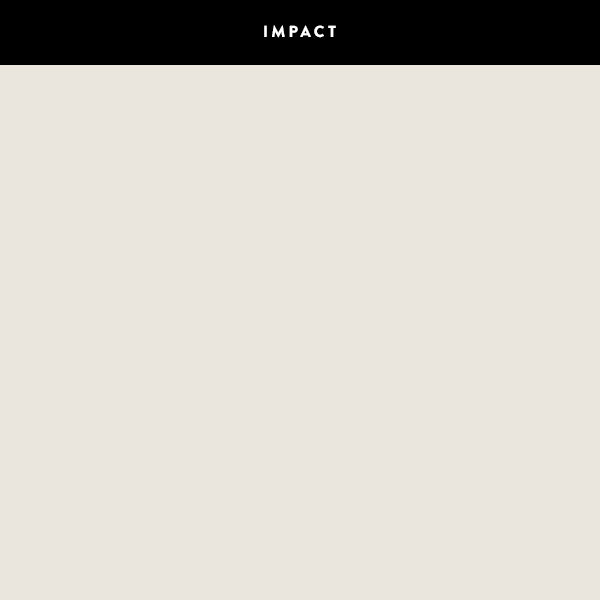
“This art is slowly dying, but at VERDI we are bringing it back to life.
— Tomas Verdi, CEO
